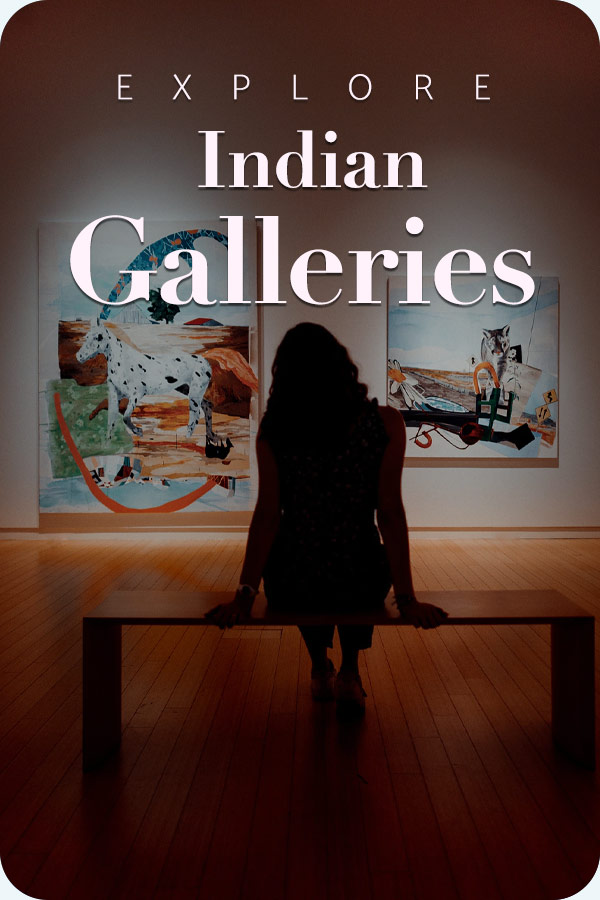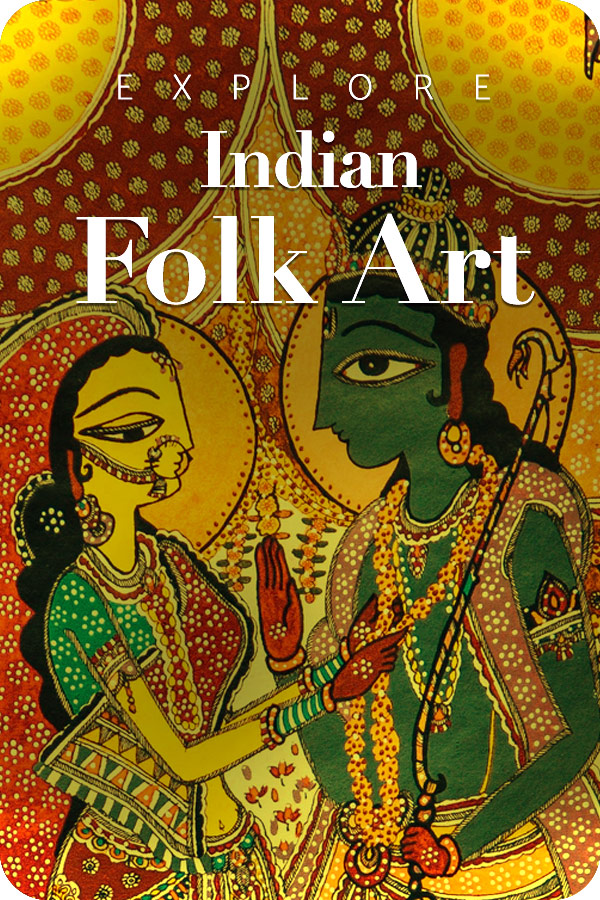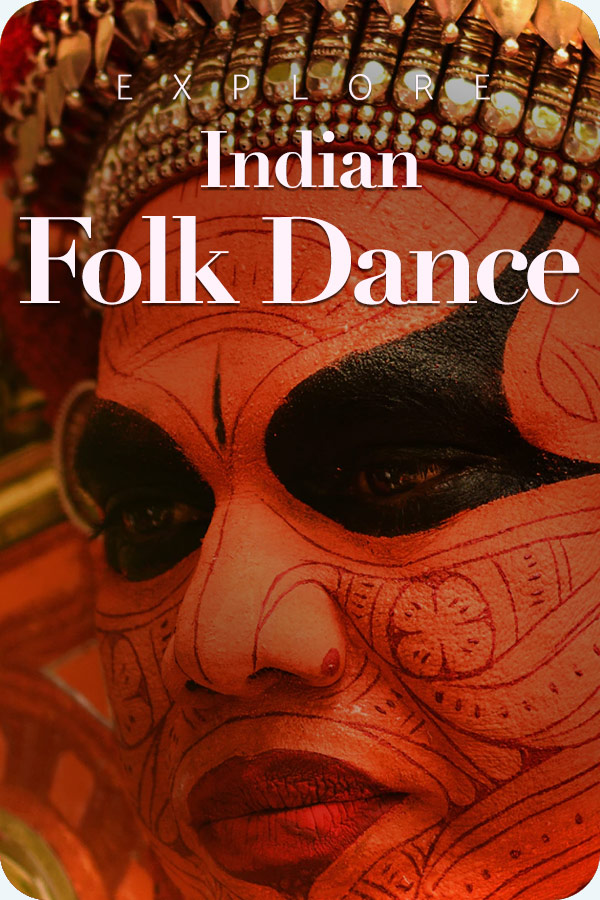![]()
The Seven Sisters songline, an epic tale of flight, pursuit, and the shaped geography of ancestral paths, is one of Australia’s best-known creation stories. This is set to unfold in Delhi with the arrival of the internationally acclaimed exhibition, “Songlines: Tracking the Seven Sisters.” Hosted at the majestic Humayun’s Tomb World Heritage Site Museum. This showcase is crucial as it demarcates a significant moment in Indo-Australian cultural exchange and dialogue. This large-scale exhibition, running from November 22 to March 1, 2026, will feature Aboriginal-led projects that combine paintings, sculpture, music, dance, photography, and immersive multimedia to guide visitors along the ancestral path of the sisters.
Map of Flight and Resilience
The exhibition is developed by the National Museum of Australia (NMA) in partnership with the Kiran Nadar Museum of Art (KNMA) and will occupy the serene spaces of the sunken museum beneath the tomb complex. In Australian Aboriginal Law, or Tjukurrpa, Songlines are much more than tales; they are spiritual pathways and cultural maps laid down by Ancestral Beings during the Creation period. These pathways are linked to vital knowledge, including ecology, economy, and principles. They act as living “libraries” of the land and preserve knowledge of water sources and food locations that are critical for survival in the harsh Central and Western Deserts.
What does It Include?
View this post on Instagram
The core narrative of the timeless saga is pursuit and survival. The tale unveils the story of the Seven Sisters (known as Minyipuru in Martu country and Kungkarangkalpa in the APY Lands), female Ancestral Beings associated with the Pleiades star cluster. A male shape-shifting sorcerer, typically called Yurla or Wati Nyiru, representing the Orion constellation, relentlessly pursues them across vast deserts. The seven sisters fight desperately across thousands of miles in the desert in the traditional lands of the APY (Aṉangu Pitjantjatjara Yankunytjatjara), Ngaanyatjarra, and Martu people. The male pursuer disguises himself as a snake, a tree, or tempting fruit, which is indicative of the local geography.
The exhibition will be highly experiential in nature, as it will make the visitors walk through a physical path, staging the three desert regions. The curators define it as a walk along the songliness, which brings together virtually 300 paintings and objects with film, song, and performance. It also features the world’s highest-resolution travelling DomeLab, a seven-metre domed projection of 360 degrees that teleports the viewers to the remote Cave Hill rock-art site and animates the transit of Orion and the Pleiades.
The genesis of the exhibition is not restricted to being academic. It originated from an urgent plea by Aṉangu traditional custodians in 2010 to “help put the songlines back together as they were getting all broken up” due to the threat of generational knowledge loss.”
Exhibetion Details
| Aspects | Description |
|---|---|
| Cultural Significance | The Songline is a creation saga, spiritual map, and law system (Tjukurrpa), fundamental to Indigenous Australian identity and survival. |
| Mythological Basis | The story follows the journey of seven female Ancestral Beings (Pleiades) fleeing a shape-shifting sorcerer (Orion constellation). |
| Geographical Mapping | The Ancestors’ journey created the physical landscape (mountains, waterholes, rocks), which are key sites in the Songline. |
| Exhibition Venue | Humayun’s Tomb World Heritage Site Museum, New Delhi (November 2025–March 2026). |
| Key Feature | Features the DomeLab, a seven-metre immersive theatre, allowing visitors to view animated rock art and the celestial chase in high resolution. |
| Curatorial Lead | Conceived and guided by an Indigenous Community Curatorium of Elders and knowledge holders to ensure cultural authenticity and preservation. |
Key highlights
- Nearly 300 paintings, objects, and multimedia components track five Western and Central Desert songlines.
- The DomeLab (≈7m diameter) projects Cave Hill rock art and astronomical motifs, connecting stories of the land to the sky.
- The project was developed over seven years with elders, knowledge holders, and a community curatorium to ensure cultural custodianship and accuracy.
- This is the exhibition’s fifth international stop after successful runs in Europe and Australia.
- The India presentation is part of KNMA’s programme of international collaborations and public engagement around Indigenous and cross-cultural narratives.
Why Does This Matter?
Songlines is an act of cultural preservation and transmission. The Seven Sisters story functions as a map, a network that names water, food, and law for generations who have navigated deserts for thousands of years. By putting those into painted panels, recorded songs, and a dome, the exhibition enacts a practice of re-stitching stories to land, elders to youth, and audiences across hemispheres to histories they rarely encounter in person.
Also, the positioning of the ancient Australian saga in the courtyards of Humayun’s tomb is a curatorial genius. It creates a stunning juxtaposition of two ancient world histories, inviting reflection on shared human heritage across continents. Indians are mostly familiar with the concept of “seven sisters” in the context of Northeast India, but this unique blend from the Australian part is about to offer a joltingly different perspective involving celestial and mythical elements.
Takeaway
This initiative bridges the Aboriginal saga to the heart of New Delhi, and is both an act of cultural diplomacy and a poetic challenge. It emphasizes the fact that world heritage is not only marble and monuments, but also the oral maps and living practices that bind people to their own land. This forges a connection between Australia’s First Peoples and the Indian subcontinent, weaving a composite tale of resilience.







